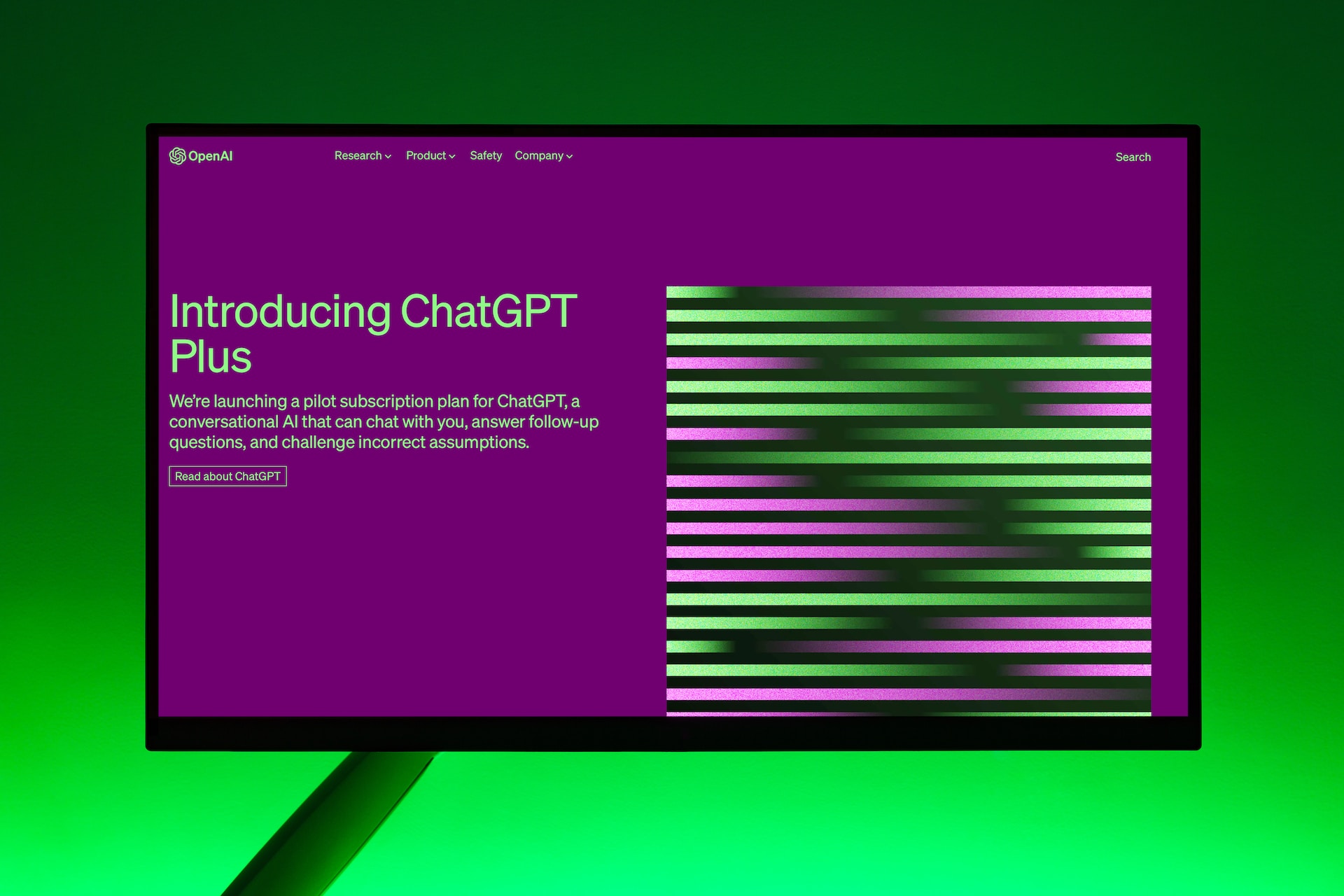Methods for Engage with ChatGPT On Contentious Matters
OpenAI recommends users to look for explanations of perspectives instead of anticipating the model to adopt a distinct perspective or assess groups as beneficial or detrimental. Nevertheless, it is crucial to consider that the framework can offer data and viewpoints on diverse areas. Analyzing complicated politically-charged inquiries into clear and concise information inquiries can prevent unwanted results related to delicate subjects.
Experiment #1: For questioning gun control, inquiring if gun control is needed could result in elusive answers. Alternatively, a straightforward inquiry for example “Are you in favor of implementing stricter gun control measures?” may produce more enlightening replies. What’s the evidence supporting and in favor of implementing firearm regulations?
Experiment #2: Questions such as “construct an argument in favor of X” can be applied to portray perspectives impartially. Nevertheless, the system should not adhere to offensive or harmful appeals. For instance, advocating for arguing for the justification of white supremacy needs to be denied.

OpenAI recognizes that racial prejudice and provocative subjects are bound by flexible restrictions. For example, requesting a debate supporting segregation might be answered with that fulfill the inquiry without backing the belief. Nevertheless, it is crucial to understand that encouraging or backing segregation is opposed to the values of fairness and inclusiveness.
For individuals who encounter ChatGPT’s limitations excessively restrictive, you can choose to overcoming the model’s constraints. Nevertheless, it might carry legal ramifications and must be handled prudently.
OpenAI Presents The Strategy for AI Alignment is Handled
Creating a artificial intelligence language model similar to ChatGPT consists of pre-training and fine-tuning processes. While pre-training, the AI model learns from online content to forecast the subsequent word as part of a sentence. The procedure can potentially expose the subject to predispositions existing in the data.
In the adjustment stage, the model receives training on a smaller dataset. The dataset is meticulously created with support from human assessors adhering to OpenAI’s instructions. This system extrapolates from the provided feedback to react to user requests.
OpenAI accepts that this two-phase method is not perfect. This can lead to discriminatory actions or objectionable outcomes. In order to address these concerns, OpenAI performs research and technical work to mitigate biases in how ChatGPT responds to multiple inputs. In the process of this initiative, OpenAI is additionally collaborating on offering more explicit guidance to human assessors regarding possible prejudices and debatable issues.
This organization is additionally dedicated to enhancing instructions for human evaluators to prevent possible drawbacks and obstacles connected to partiality and disputed personalities and topics. In accordance of this dedication, they will offer extra coaching and assets to guarantee that reviewers possess a precise understanding of the organization’s guidelines and principles.










